#11, Marey ↔ Moiré (1999)
Genre :
Runtime : 21M
Director : Joost Rekveld
Synopsis
#11 (Marey Moiré) is a film in which all images were generated by intermittently recording the movement of a line. It is a film about the discontinuity that lies at the heart of the film medium.

Seven girls become good friends in high school, then events pull them apart for 25 years. When one of the friends lies dying in a hospital, she wishes to see each of them one last time.

Jonathon "The Impaler" Sharkey threw himself into the race for Minnesota governor on January 13, 2006. His "coming out" to the media as a Hecate Witch, Satanic Dark Priest and Sanguinary Vampire grabbed international attention, and his candidacy marked the beginning of the largest amount of media coverage ever given to an unknown third party candidate running for governor in American history.
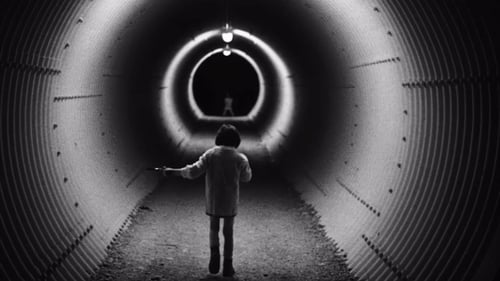
A 4-year-old child is the element from and around which the action develops, and brings sentiments and emotions to light.
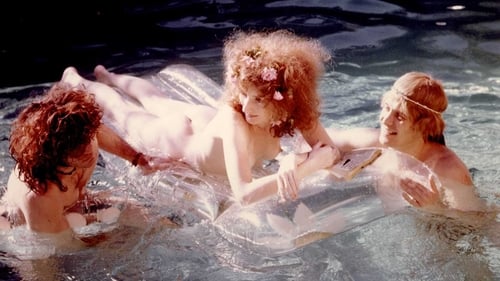
Three actors in Hollywood live and love together. A director comes from New York to make a movie about actors and Hollywood.

Julie, a teen who died from a PCP overdose in the early '70s searches from beyond the grave for her younger brother Bob who now in the '90s is an obese watch seller suffering with sucrose intolerance.

Inspired by the Greek myth of Prometheus, a Titan who created the first mortals from clay and stole fire from the gods, Prometheus' Garden immerses viewers in a cinematic universe unlike any other. The dark and magical images of this haunting film unfold in a dreamlike stream of consciousness revealing an unlikely cast of characters engaged in a violent struggle for survival.
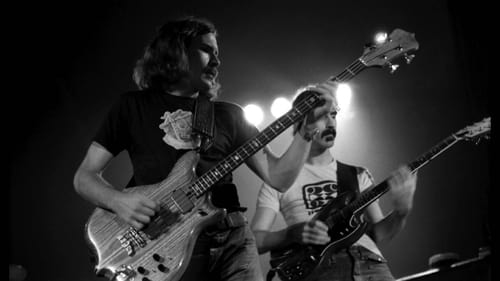
This episode focuses on Zappa's early 70s albums, Overnight Sensation (1973) and Apostrophy (') (1974). Together they encapsulate Zappa's extraordinary musical diversity and were also the 2 most commercially successful albums that he released in his prolific career. Included are interviews, musical demonstrations, rare archive & home movie footage, plus live performances to tell the story behind the conception and recording of these groundbreaking albums. Extras include additional interviews and demonstrations not included in the broadcast version, 2 full performances from the Roxy in 1973 and Saturday Night Live in 1976, and new full live performance done specially for these Classic Albums.
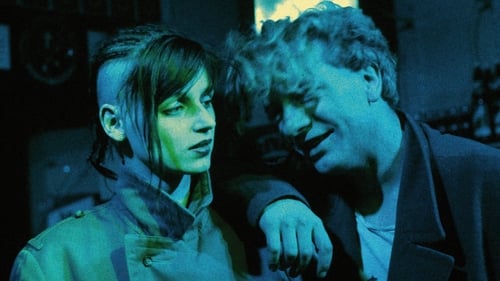
F.M. discovers that different sonic frequencies induce different patterns of behaviour in listeners, first in his own studio but later in the local "H-Burger" restaurant where the passive muzak appears to be wiping people's emotions.

Begone Dull Care shines with his masterful use of scratching and painting on film stock. In Begone Dull Care, McLaren adds complexity to Lye’s compositions, emphasising sound/visual synchronisation and generating depth on his mobile canvas. The film gives warmth and movement to compositions resembling a constantly morphing Jackson Pollock painting, yet never fails to remind us of its very calculated aesthetics when it suddenly adapts to the score’s slower movements and shifts from expressionistic and oversaturated explosions to minimalist vertical lines that vibrate accordingly to Oscar Peterson’s piano.

Bruce Conner's landmark experimental film consisting entirely of found footage edited to a new score.

This animated short film attempts to answer the eternal questions, What is dying? and How does it feel? Based on recent studies, case histories and some of the ancient myths, the afterlife state is portrayed as an awesome but methodical working-out of all the individual's past experiences. Film without words.

A silent film of collaged and painted sequences of lovemaking between Schneemann and her then partner, composer James Tenney; observed by the cat, Kitch.

"A film portrait cut to the tune of Conway Twitty's version of 'Mona Lisa.' Filmed in part at a 1964 show of Conner's artwork in San Francisco, the film is also a witty statement about forces that take the life out of art. Vivian Kurz, the subject of the film, is entombed in a glass display case." - Judd Chesler Award: Gold Medal Award, Sesta Biennale D'Arte Republica Di San Marino. Da Vinci thought he caught her smiling.

A priest arrives in a village and give advice and comfort to different people. He meets a wheelchair-bound former representative of the Communist party, a woman who is dying of tuberculosis and an astronomer who sings in a punk band.

It has been two years since unsuccessful cartoonist Tsube started to live with Kuniko casually in a small apartment.

An animation film, made without the use of a camera, in which "boogie" played by Albert Ammons and "doodle" drawn by Norman McLaren combine to make a rhythmic, brightly colored film experiment. The main title is in eight languages.

One of the more important European avant-garde films of the post-war period, this feature-length work offered a devastating comment on the mid-century European mood. A macabre landscape of impotence and absurdity, peopled by ambiguous travellers, finally explodes into senseless violence.
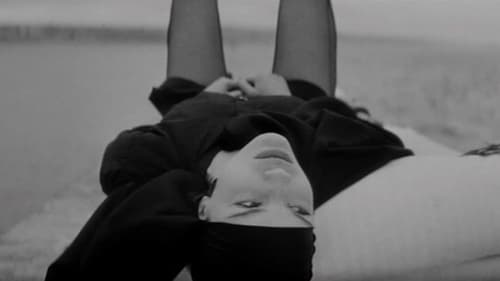
30 year old child enters the new city, riding on a donkey. He says he is the Savior. He has spent no time among men. He is trembling with cold. His clothes are soaked. His mother was overprotective ; his father conspicuously absent. He knows that he must face the mockery, refusal, ignorance and blindness of the men around him. They travel in gangs, in large numbers : soldiers, mercenaries or the like, on majestic, imposing horses. Everything is out of proportion to his thin, bewildered, innocent body ; he is the madman of the new city...
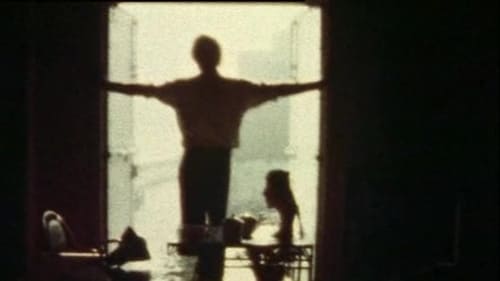
A collage of Derek Jarman's super 8 footage spanning over 20 years.

A reworking of the myth of Hippolytus, in which a chaste youth rejects the incestuous advances of his mother and is saved from death by a caring physician.















